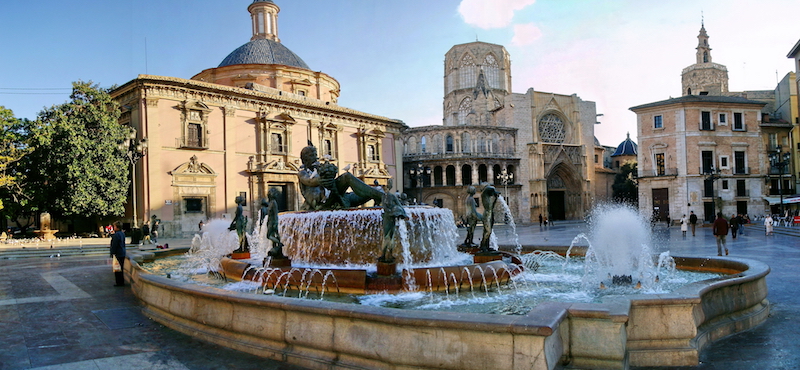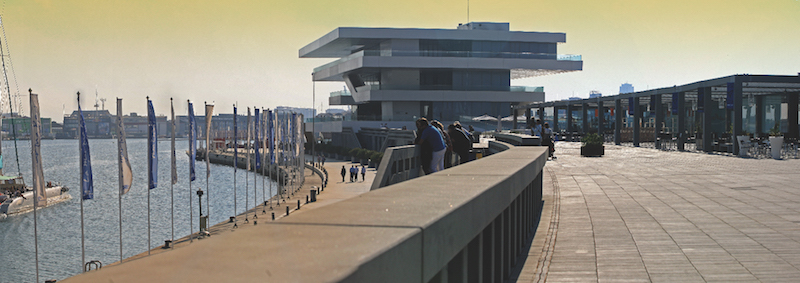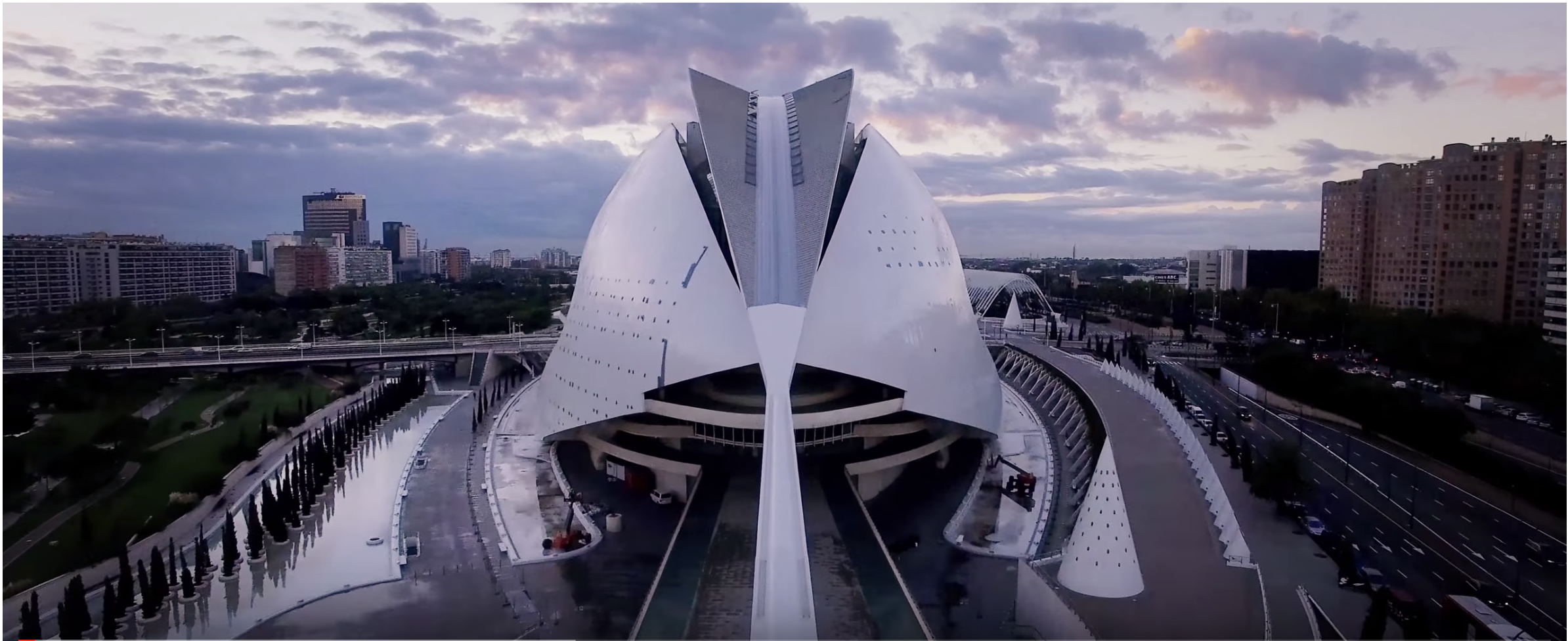InterPore2019 Valencia
InterPore2019 Valencia will be held at the The Valencia Conference Centre

To get direct directions to the location click here
Interpore2019 is on Whova app!
For more information visit our Whova page
Click on the image to watch a nice drone fly over the city hosting InterPore2019
Universitat Politècnica de València is organizing the Interpore 11th Annual Meeting from May 6th to 10th, 2019, in beautiful and sunny Valencia.
A city that bridges historical views
and modern landscapes  The 11th Annual Meeting will be held at the Valencia Conference Center, a building that won the prize for World's Best Convention Center in 2010 and in 2018, surrounded by the conference hotels and only a short hop from downtown. Plan to attend, engage in cutting-edge research on porous media, and enjoy one of the most beautiful cities in Spain.
The 11th Annual Meeting will be held at the Valencia Conference Center, a building that won the prize for World's Best Convention Center in 2010 and in 2018, surrounded by the conference hotels and only a short hop from downtown. Plan to attend, engage in cutting-edge research on porous media, and enjoy one of the most beautiful cities in Spain.
Conference technical program, important dates, accommodation details will be available shortly on the site.
The local organizing committee looks forward to welcoming you to Valencia in 2019.

Topics and applications
|
|


